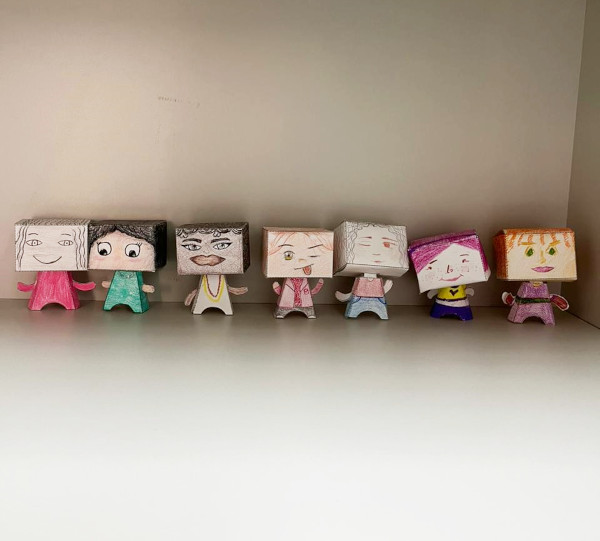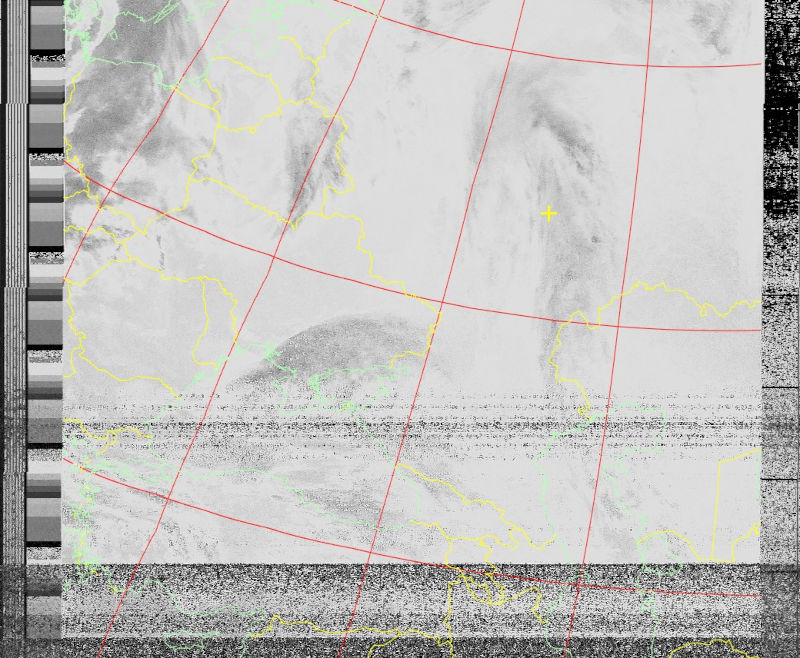Doing Research Between Adolescence and Cyborgs

“What do you imagine when you hear the word “cyborg”?” This was the question posed by a teenager named Kauan to introduce a presentation on Donna Haraway’s The Cyborg Manifesto (2009) for the research group of the High School Scientific Initiation Program at Unicamp. An online presentation, with slides, given by an undergraduate researcher, Kauan, to four classmates and a counselor. Immediately, the imagination of a robot comes to mind for some of us. Others are open to new references. We can travel through films, dystopias, machines, high-tech and even fashion can be a cyborg reference for teenagers. Apparently, cyborgs and adolescence have historically coexisted and have a love-hate relationship. Daily connected, their bodies inhabiting poorly demarcated boundaries between online and the offline. Humor and irony can simulate both the image of adolescence and the cyborg. We don’t have a problem with conflicting feelings, and we’re internalizing the contradiction of being cyborgs in the 21st century. We, who wrote this text, are five teenagers and one young adult, who still has the capacity to imagine “what they want to be when they grow up.” (read more...)







